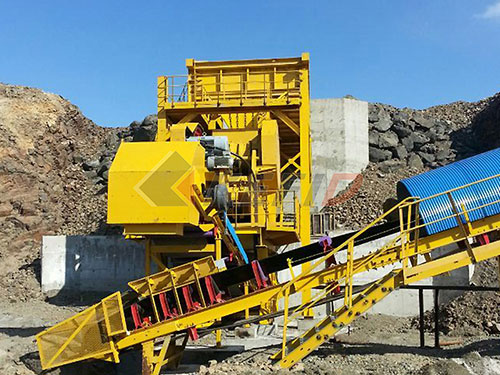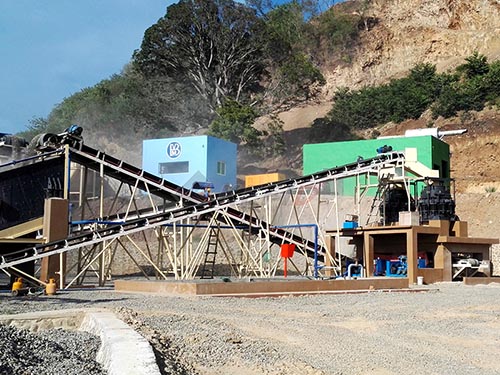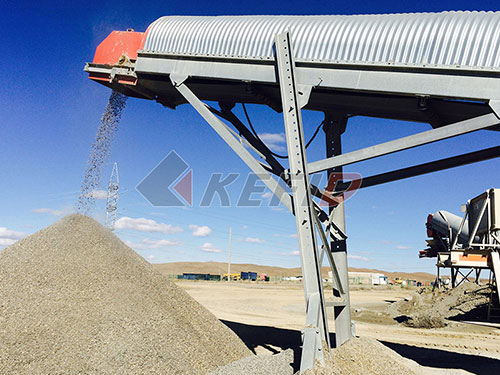Beyond the Jam: How Distributor Safety Crushers Revolutionize Bulk Material Handling Safety & Efficiency
The relentless flow of bulk materials – aggregates, minerals, ores, coal, biomass – forms the lifeblood of countless industries. From towering cement plants and sprawling mining operations to power generation facilities and agricultural processing hubs, efficiently moving vast quantities of raw or processed material is paramount. Yet, this essential flow harbors inherent dangers. Blockages within material distributors (chutes, bins, hoppers) are not mere operational nuisances; they represent significant safety hazards and costly production bottlenecks. Enter the Distributor Safety Crusher (DSC), a sophisticated engineering solution designed specifically to mitigate these risks at their source, transforming material handling from a vulnerability into a pillar of safety and reliability.
The Perilous Problem: Blockages in Material Distribution Systems

Material distributors serve as critical junctions where bulk solids are directed to different process streams or storage locations. However, several factors conspire to create blockages:
1. Material Characteristics: Sticky or cohesive materials (e.g., wet clay, certain ores), those with high moisture content, irregularly shaped lumps, or materials prone to compaction can readily adhere to chute walls or bridge across openings.
2. Design Flaws: Insufficient chute inclination angles, abrupt transitions in flow direction, undersized openings relative to maximum lump size (“ratholing”), inadequate wear liners leading to uneven surfaces that catch material.
3. Operational Issues: Flow rate fluctuations causing surges that pack material down; introduction of oversized lumps or foreign objects (tramp metal); inconsistent feed characteristics.
4. Environmental Factors: Moisture ingress causing caking; temperature changes leading to condensation and freezing.

When a blockage occurs downstream of the distributor outlet valve but before the primary crusher or processing equipment (often within the distributor chute itself), conventional solutions are fraught with peril:
Manual Rodding: Workers attempting to dislodge compacted material using rods through access hatches face extreme risks: sudden release causing high-pressure ejection of material (“silo quake”), engulfment hazards if entering confined spaces improperly (often requiring entry for severe blockages), falls from height near access points.
Water/Air Lancing: Introducing water can worsen cohesion for some materials; air lancing risks creating dust explosions in combustible atmospheres and may not effectively break severe bridges.
Vibrators/Flow Aids: While useful for prevention on bin

Leave a Reply